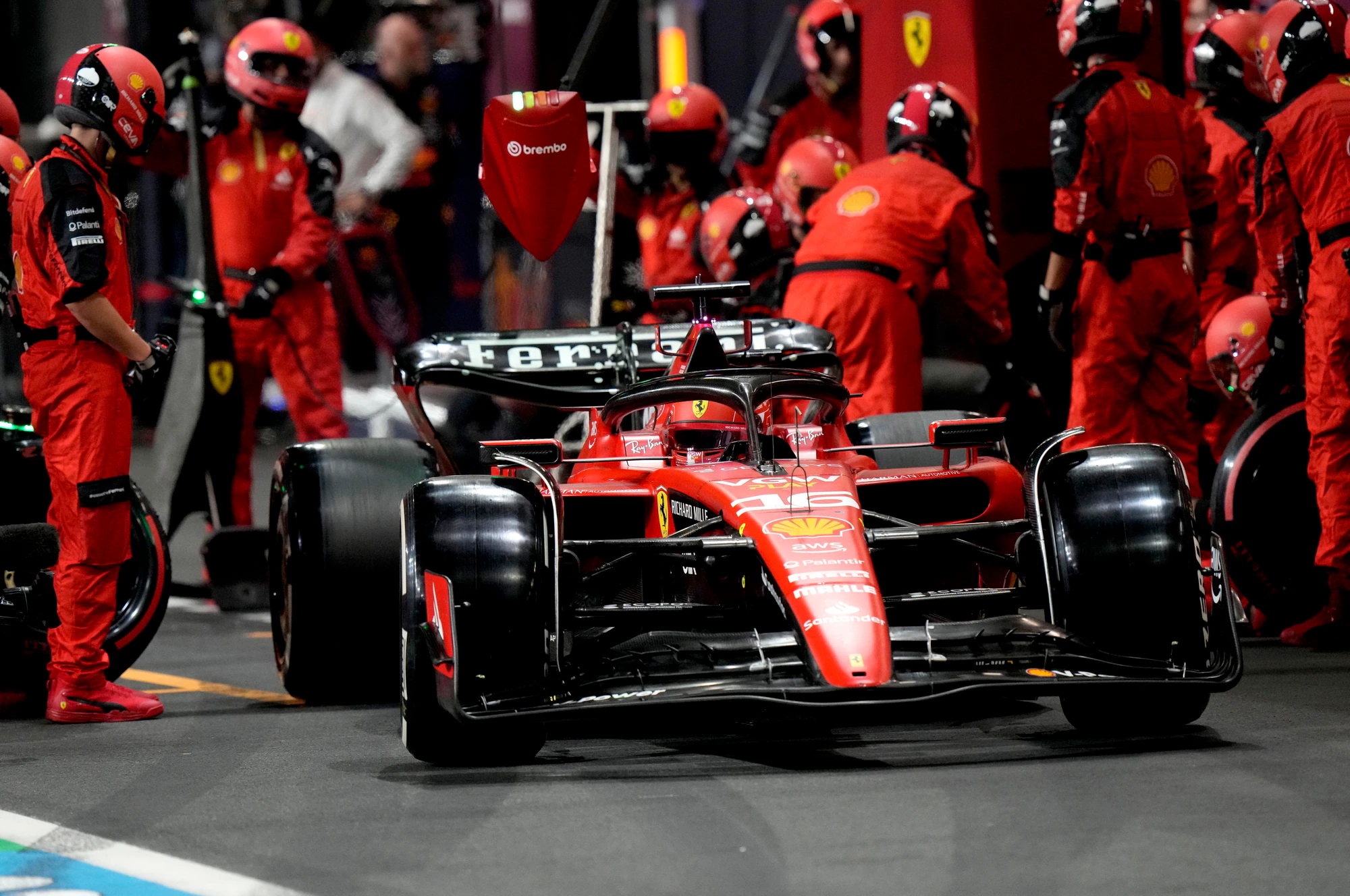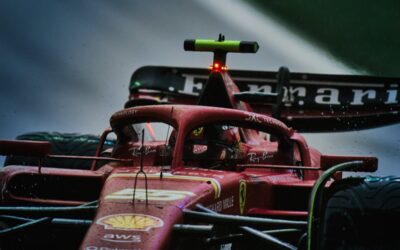In Saudi Arabia, Red Bull had no challengers. Checo Perez capitalised on Max Verstappen’s qualifying issue to claim the win, whilst the Dutchman recovered from P15 to secure a podium finish. Fernando Alonso jumped Perez off the start, but – penalties aside – the pecking order was quickly restored thanks to a Safety Car.
A Safety Car is to be expected in Jeddah, although it was probably not necessary this time out. Ferrari was disappointing, only fourth-fastest and slower than the ‘failed’ Mercedes 14.
Doubts at Ferrari: Aston Martin and Mercedes are more consistent, the SF-23 loses out in race trim.
The RB19 also battered the competition in Jeddah, making clear that a significant gap separates them from the rest of the field:
“The ability to generate a lot of downforce at all speeds and in all types of corners, technical and otherwise, is impressive. When we finish rotating, they are already accelerating. We have to compromise an area of the track in favour of balance, we have to. They can run without major compromises,” confided a rival engineer.
A significant step forward has been taken with the RB19, as rivals seem unable to find an answer to match it, at least in the short term.
Ferrari was hopeful that minimal tyre degradation in Saudi Arabia would put them in a better position than in Bahrain. Drivers were able to push in Jeddah throughout the Grand Prix without losing significant grip.
The Scuderia was also hopeful that a smoother track surface would be less detrimental to the SF-23’s balance. Unfortunately for the Maranello team, the gap has significantly widened (even more than the team expected), leading to further questions.
At least so far, it seems the SF-23 simply being slow. Ferrari’s technicians have come to terms with reality, brutally discovering that their 2023 challenger – at two very different circuits – lacks the necessary pace. At present, it is difficult to provide answers for all the issues facing the Italian squad.

For now, the SF-23 is only reasonably competitive in qualifying conditions when the softer compounds compensate for the car’s lack of downforce with more grip.
It seems safe to conclude that Aston Martin and Mercedes have produced two relatively consistent machines, while Ferrari must understand why their deficit to Red Bull becomes quadrupled or even quintupled from Saturday and Sunday.
Ferrari’s fundamental problem: Understanding the SF-23 and introducing targeted updates to improve them – Will they be enough?
Historically, the Pirelli construction needs significant load (aerodynamic and mechanical) to unlock the optimum window of performance without overheating.
Red Bull and Aston Martin have no problems pushing their tyres in a similar fashion to last year’s F1-75 – at least before the car ran at higher altitudes (post-DT39).
This rather late regulation change from 2022 had important consequences for aerodynamics and set-up.
Several technical directors in F1 have complained about these changes being too disruptive, since they were approved when the 2023 cars were already in a very advanced stage of production.
This directive ended up helping Red Bull, having anticipated this action from Mercedes, with the Austrian squad extending its lead over the winter and mitigating its punishment for exceeding the budget cap, which is proving far less impactful than Red Bull would like us to believe.

Despite some delays for the 675 project, Ferrari was convinced they were in better shape for this year. As previously outlined, Ferrari’s 2023 challenger does not produce the necessary load and has also proved inconsistent.
The data shows that the SF-23 performs poorly between 150-190 km/h, where a load exceeding 900 kg is produced. Ferrari’s technicians have taken steps to conduct experiments and recalibrate the simulation and wind tunnel data.
Even the updates introduced in Saudi Arabia were designed to reach this objective, so much so that they were not used after Friday Practice, although they “will come in handy for possible future use,” according to Carlos Sainz.
According to Sainz, “the car now behaves exactly like in the wind tunnel,” which should be a positive for the team.
“We know where the problem lies in the tunnel, what the weak point is. We also know how to develop the car further, but we need time to produce the updates. This could completely change our season.” concluded the Spaniard.
The team’s issues appear closely related to the SF-23’s surface and ground clearance, which impacts the team’s ability to optimise its tyres.
In Maranello, unsurprisingly, they have confirmed that changes will arrive on the floor in the upcoming rounds.
Furthermore, whilst most teams ran less loaded wings, Jeddah’s configuration went against the trend and was more loaded than in Sakhir, which was beneficial in slow-speed corners but proved costly in overall top-speed.
The Ferrari SF-23 seems to be a victim of the changes introduced by TB39, which is especially pronounced on harder tyres, preventing Leclerc and Sainz from making significant performance.
The next two months will show whether the rule changes have doomed Ferrari’s basic concept, in addition to the Mercedes ‘zeropods’ philosophy, which has already been rejected by the Silver Arrows
Author: Giuliano Duchess
Co Author: Piergiuseppe Donadoni
Translation: Jaden Diaz-Ndisang





